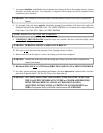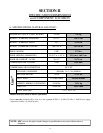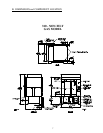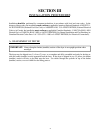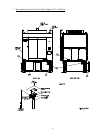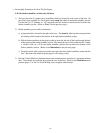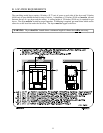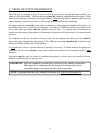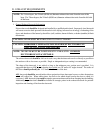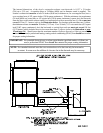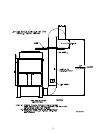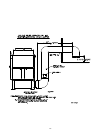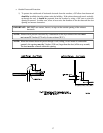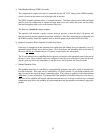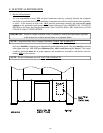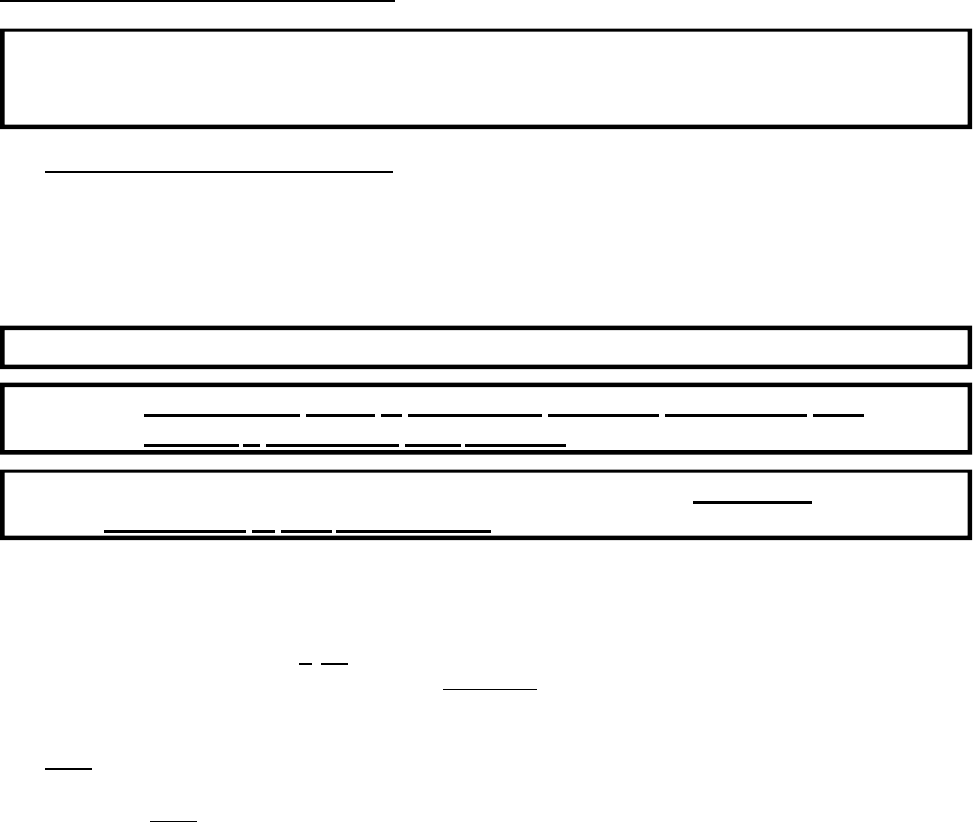
13
D. EXHAUST REQUIREMENTS
NOTE: For 1 door dryers, the 24-inch (60.96 cm) diameter exhaust duct exits from the rear of the
base. For 2 door dryers, the 24-inch (60.96 cm) diameter exhaust duct exits from the left side
of the base.
1. General Exhaust Ductwork Information
Exhaust ductwork should be designed and installed by a qualified professional. Improperly sized ductwork
will create excessive back pressure which results in slow drying, increased use of energy, overheating of the
dryer, and shutdown of the burner by the airflow (sail) switches, burner hi-limits, or basket (tumbler) hi-limit
thermostats.
CAUTION: DRYER MUST BE EXHAUSTED TO THE OUTDOORS.
CAUTION: IMPROPERLY SIZED or INSTALLED EXHAUST DUCTWORK CAN
CREATE A POTENTIAL FIRE HAZARD.
NOTE: THE DRYER MUST BE INDEPENDENTLY EXHAUSTED. COMMON
DUCTWORK IS NOT ACCEPTABLE.
The exhaust ductwork should be laid out in such a way that the ductwork travels as directly as possible to
the outdoors with as few turns as possible. Single or independent dryer venting is recommended.
The shape of the ductwork is not critical so long as the minimum cross section area is provided. It is
suggested that the use of 90º turns in ducting be avoided; use 30º and/or 45º angles instead. The radius of
the elbow should preferably be 1-1/2 times the diameter of the duct.
ALL ductwork should be smooth inside with no projections from sheet metal screws or other obstructions,
which will collect lint. When adding ducts, the ducts to be added should overlap the duct to which it is
connected. ALL ductwork joints must be taped to prevent moisture and lint from escaping into the building.
Additionally, inspection doors should be installed at strategic points in the exhaust ductwork for periodic
inspection and cleaning of lint from the ductwork.



